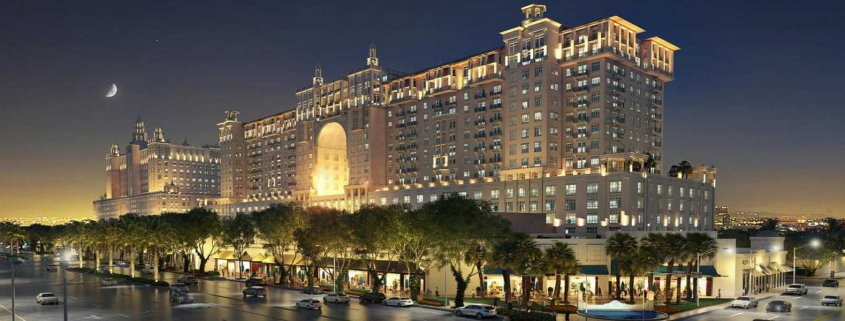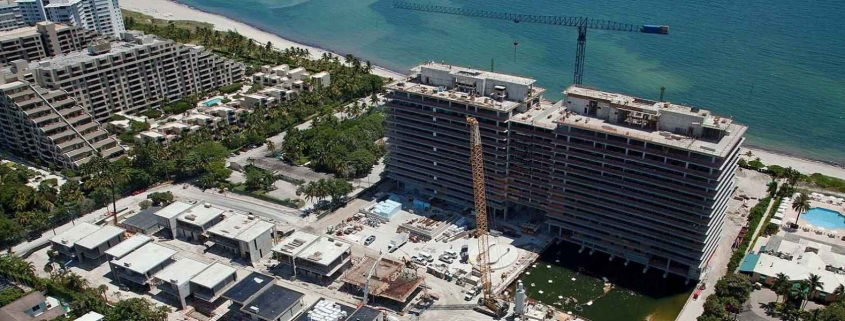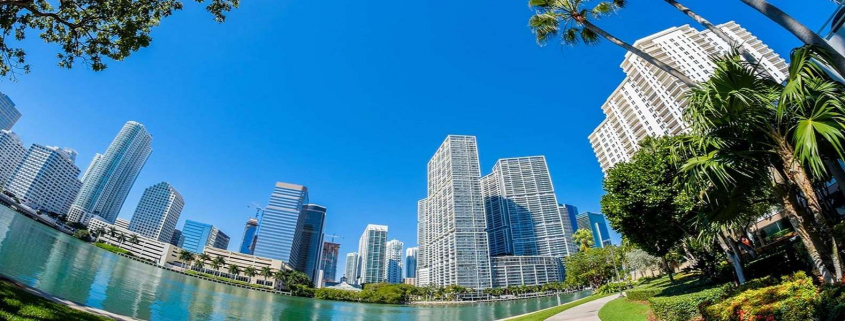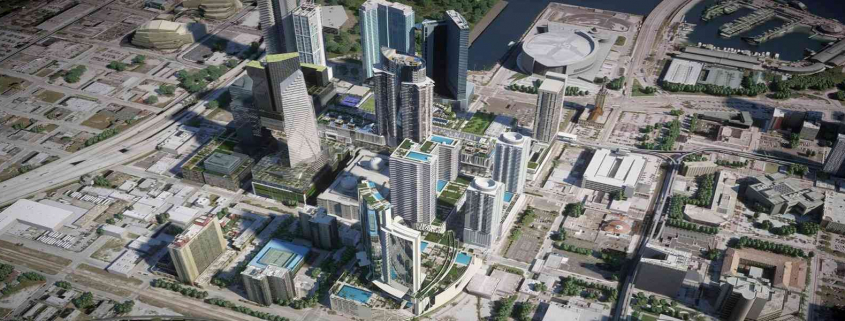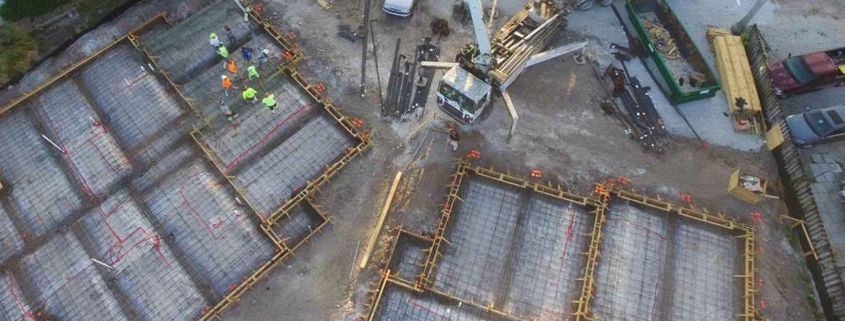Costs could start to fall for Florida consumers who want to finance energy efficiency improvements with no money down and no credit check.
That’s the optimistic view from Paul Handerhan, a principal of the new Fort Lauderdale-based company, Clean PACE Inc., created to promote and certify program providers in the Property Assessed Clean Energy program.
Over the summer, four providers reached agreements with Broward County to offer property owners countywide the opportunity to finance a wide variety of energy efficiency and storm hardening improvements. Palm Beach County is working out details and expects to finalize agreements by early 2017, Handerhan said.
“Having them compete against each other, ultimately we’re going to see better consumer protections, interest rates and contractor controls,” Handerhan said. “We’re seeing that now. PACE providers are starting to get somewhat competitive in their offerings in order to gain market share.”
Unlike traditional loans, repayment is set up as an assessment on the owner’s property tax bill, and the loan can be transferred to a new owner when the property is sold. Homeowners with mortgage loans can have the repayments rolled into their monthly mortgage bills.
Eligible projects include solar energy systems, new roofs, new hot water heaters, new air conditioning units, upgraded insulation and impact-resistant windows and doors. Customers see cost savings right away as utility bills and homeowner insurance bills fall, supporters say.
Renew Financial, approved on June 14 to offer PACE financing programs countywide in Broward, officially launched its program in Florida.
Cisco DeVries, the company’s CEO, said his business recently certified 150 Florida contractors for PACE programs and is ready to market the program to homeowners throughout Broward and many cities in Palm Beach and other counties.
“Already, the company has hundreds of thousands of dollars in approved contracts with Florida homeowners, many of whom can’t afford upfront costs for expensive improvements,” DeVries said, adding, “We help them knock down those barriers. Formed in 2008 in California, the company completed more than $300 million in residential PACE projects in the state over the past two years. It’s growing very quickly. We signed contracts for more than $49 million in projects in August.”
Interest rates for financing through Renew Financial range from mid-6 percent to low 8 percent, depending on the size and term of the financing, among other factors.
“Assuming interest rates remain low overall in the financial world, consumers could see competition driving rates lower,” DeVries said. Competition is good for consumers and good for cities and counties they serve. Our approach is to encourage multiple PACE providers in cities so everyone benefits. But it’s critical for the programs to have strong rules — clear disclosures to consumers and protections for everyone involved so this continues to evolve.”
The other PACE providers approved to compete countywide are Ygrene Energy Fund, which pioneered the concept in the South Florida market over the past year; Renovate America; and Florida PACE Funding Agency.
Handerhan predicted the PACE market could see some companies offering interest rates as low as 5.9 percent regardless of the loan term. Also, some might seek an edge by lowering origination fees, which tend to be slightly higher than traditional financing.
“Those higher fees come with benefits borrowers don’t get from traditional financing,” Handerhan said. “If I go to a bank and borrow $10,000, I’m kind of on my own at that point. If the contractor walks away, I owe that $10,000 regardless. With PACE, the provider manages every step of the process, including pulling permits and certifying the contractor. The customer only signs off at the end of the process.”
Source: SunSentinel



